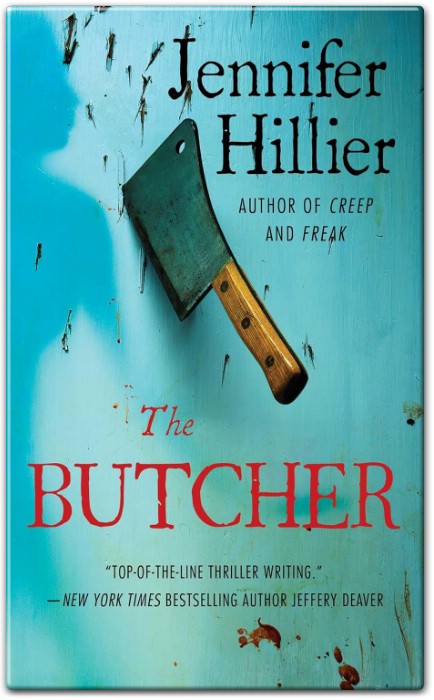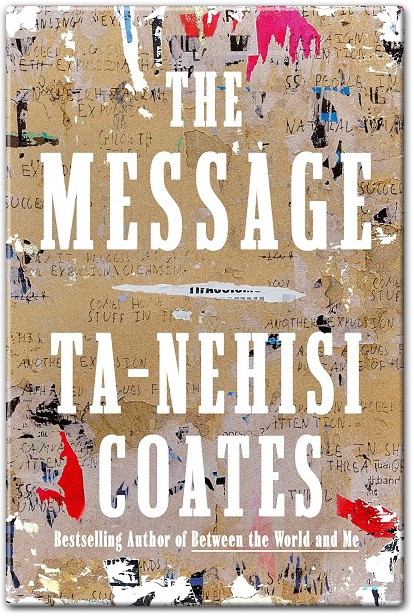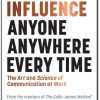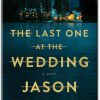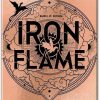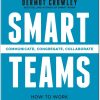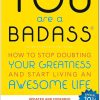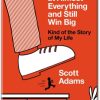
Book Summary Contents
- 1 Introduction: Why The Da Vinci Code Captivated Millions
- 2 The Da Vinci Code Dan Brown Summary: What Is The Da Vinci Code Really About?
- 3 The Da Vinci Code Dan Brown Summary by Chapter
- 3.1 I. Prologue and Setup: The Murder and the Secret
- 3.2 II. Rising Action: Clues, Symbols, and Pursuit Begin
- 3.3 III. The Escape and Deeper Discoveries
- 3.4 IV. Secrets of the Grail and the Priory Unfold
- 3.5 V. The Cryptex and Dangerous Revelations
- 3.6 VI. Confrontations, Betrayals, and Escapes
- 3.7 VII. Toward the Truth: The Final Clues
- 4 ❓ 5 Essential Questions the Book Answers
- 5 Decoding Symbols: The Power Behind the Puzzle
- 6 ⛪ Controversial Claims: Fact or Fiction?
- 7 Crafting Suspense: What Writers Can Learn
- 8 Meet the Mastermind: Who Is Dan Brown?
- 9 Quotes from The Da Vinci Code by Dan Brown
- 10 Characters and Archetypes
- 11 The Real-World Impact
- 12 Summary Table: Key Themes & Takeaways
- 13 Lessons Beyond the Fiction
- 14 ✅ Conclusion: Is The Da Vinci Code Worth Reading?
- 15 Get Your Copy
- 16 Attachments & References
Introduction: Why The Da Vinci Code Captivated Millions
When The Da Vinci Code hit bookstores in 2003, it wasn’t just another thriller—it was a cultural phenomenon. Written by Dan Brown, this second installment in the Robert Langdon series mixed cryptic puzzles, art history, religious conspiracies, and suspense into a blockbuster cocktail. Readers were hooked. Scholars were outraged. The Vatican was unsettled.
At the heart of this gripping narrative is Harvard symbologist Robert Langdon, who is thrust into a murder investigation at the Louvre Museum. What unfolds is a high-stakes chase for the legendary Holy Grail, a secret that, if revealed, could shake the foundation of Christianity.
This article offers a complete explained The Da Vinci Code Dan Brown Summary, revealing the plot, decoding the symbolism, discussing controversies, and highlighting key writing techniques that made this novel a sensation. Whether you’re a curious reader, writer, or skeptic, this deep dive will offer clarity—and a few surprises.
The Da Vinci Code Dan Brown Summary: What Is The Da Vinci Code Really About?
At its core, The Da Vinci Code is a fast-paced mystery-thriller that intertwines art, religion, and historical fiction. Here’s the basic setup:
Inciting Incident: A Louvre curator, Jacques Saunière, is murdered in a bizarre, ritualistic fashion.
Main Characters: Robert Langdon, a Harvard symbologist, and Sophie Neveu, Saunière’s granddaughter and cryptologist.
Central Quest: Follow clues hidden in Da Vinci’s artwork and religious symbols to discover the Holy Grail.
Antagonists & Allies: A shadowy monk, a secret society (the Priory of Sion), and a corrupt bishop blur the line between good and evil.
Twist Ending: A shocking truth about Mary Magdalene and the bloodline of Christ is unveiled.
It’s a treasure hunt through European landmarks, cloaked in danger, history, and questions of faith.
The Da Vinci Code Dan Brown Summary by Chapter
I. Prologue and Setup: The Murder and the Secret
Acknowledgments & Prologue: The author thanks various individuals and affirms the historical accuracy of described artifacts. The mysterious Catholic sect Opus Dei is introduced. Jacques Saunière is mortally wounded inside the Louvre.
Chapters 1–10:
Langdon, a symbologist, wakes in a Paris hotel.
Saunière, keeper of a major secret, dies leaving cryptic clues.
Captain Bezu Fache involves Langdon in the murder investigation.
The Louvre setting and Saunière’s cryptic message are introduced.
Fache hints that Langdon may have a hidden connection to the victim.
II. Rising Action: Clues, Symbols, and Pursuit Begin
Chapters 15–30:
Silas, an albino monk working for the Teacher, searches for the keystone and practices corporal mortification.
Sophie Neveu, a cryptographer and Saunière’s granddaughter, warns Langdon he is in danger.
Sophie reveals a Fibonacci sequence and suspects Fache manipulated Saunière’s message.
Sophie recalls witnessing a secret ritual that distanced her from Saunière.
III. The Escape and Deeper Discoveries
Chapters 32–47:
Langdon is impressed by Sophie’s intelligence.
They revisit the Mona Lisa for clues.
Silas explores Saint-Sulpice, finds a hollow tile with Job 38:11, and realizes he’s been deceived.
Sophie finds phone numbers and learns “P.S.” stands for Princess Sophie, a childhood nickname.
IV. Secrets of the Grail and the Priory Unfold
Chapters 53–68:
Langdon and Sophie flee the Louvre in her SmartCar.
At a train station, Langdon explains the Priory of Sion, founded in 1099.
He shares history about the Knights Templar and the Sangreal (Holy Grail as both Royal Blood and Sacred Feminine).
Jonas Faukman, Langdon’s editor, receives controversial manuscript sections.
V. The Cryptex and Dangerous Revelations
Chapters 71–78:
Langdon and Sophie hide in Teabing’s estate; he reveals that Mary Magdalene is the Holy Grail.
They discuss the Council of Nicaea, Constantine, and omitted gospels.
The Gospel of Philip claims Jesus and Mary Magdalene had a close relationship.
Teabing explains the cryptex as a secure container for sacred documents.
VI. Confrontations, Betrayals, and Escapes
Chapters 80–81:
Silas breaks in, but Teabing disarms him. The police arrive but the trio escape in Teabing’s Range Rover.
They remove Silas’s duct tape and debate the dangers they now face.
Langdon again contacts Jonas Faukman to confirm the manuscript’s circulation.
VII. Toward the Truth: The Final Clues
Chapters 90–105:
On Teabing’s jet, Langdon examines the keystone box, which has mirror-text in English.
They read a poem hinting at the Atbash cipher, the Templars, and the Grail.
Fache prepares to intercept them in Kent.
Langdon discusses sacred sexuality and divine union, which Saunière may have intended to share through Langdon.
❓ 5 Essential Questions the Book Answers
What is the real identity of the Holy Grail?
Is there a secret bloodline descended from Jesus Christ?
What does Leonardo da Vinci’s art hide beneath its surface?
How do symbols shape religion and power?
Can historical facts be distorted to serve narrative agendas?
Decoding Symbols: The Power Behind the Puzzle
Brown’s storytelling thrives on codes, anagrams, riddles, and symbols. From the Fibonacci sequence to Da Vinci’s The Last Supper, each clue is a piece of a larger puzzle.
Key Examples:
The Cryptex: A mechanical puzzle that protects the secret’s location.
Pentagrams and Sacred Geometry: Used to link art with divine femininity.
Da Vinci’s Artworks: Serve as symbolic maps pointing to suppressed truths.
These elements elevate the novel from a simple thriller to a cerebral scavenger hunt.
⛪ Controversial Claims: Fact or Fiction?
Much of the book’s intrigue—and backlash—comes from its blurring of fact and fiction.
Controversial Topics:
Jesus married Mary Magdalene and fathered children—according to the book’s narrative.
The Catholic Church allegedly suppressed this truth to maintain patriarchal control.
The Priory of Sion, a secret society protecting the Grail, is revealed as a centuries-old brotherhood featuring historical figures like Da Vinci and Newton.
⚠️ The Debate:
Brown introduces these ideas as part of a fictional tale, but presents them with such authority through Langdon that many readers mistake fiction for historical truth. Historians and theologians were quick to debunk many claims, pointing out that:
The Priory of Sion was a modern hoax.
There is no academic consensus that Jesus was married.
Most “hidden codes” in Da Vinci’s work are speculative.
Crafting Suspense: What Writers Can Learn
Despite criticism, The Da Vinci Code is a masterclass in tension and pacing.
✍️ Key Takeaways for Writers:
Compelling Hook: The murder of Saunière immediately raises stakes.
Cliffhangers: Every chapter ends with a revelation or cliffhanger.
Short Chapters: Quick bites keep the momentum going.
High Stakes: Religious upheaval and global implications keep readers invested.
Dan Brown’s formula is clear but effective: start with murder, escalate with secrets, and end with explosive truths.
Meet the Mastermind: Who Is Dan Brown?
Dan Brown was not an overnight success. His background reveals years of dedication:
Education: Studied English and Spanish at Amherst College.
Early Career: Taught English before focusing on writing.
First Works: Wrote several lesser-known thrillers before The Da Vinci Code.
Breakout: This novel catapulted him to literary stardom, followed by movie adaptations and critical scrutiny.
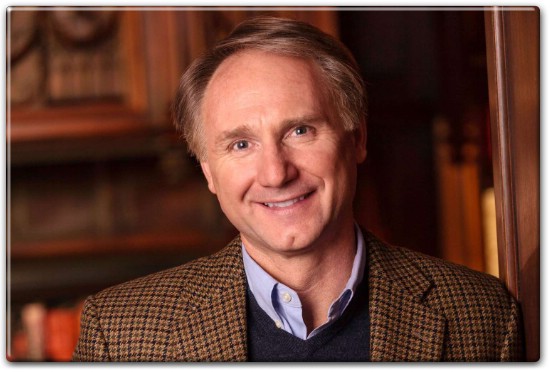
Quotes from The Da Vinci Code by Dan Brown
“History is always written by the winners. When two cultures clash, the loser is obliterated, and the winner writes the history books—books which glorify their own cause and disparage the conquered foe.”
“By its very nature, history is always a one-sided account.”
“The Bible did not arrive by fax from heaven… Man created it as a historical record of tumultuous times.”
“Learning the truth has become my life’s love.”
“Faith — acceptance of what we imagine to be true, that which we cannot prove.”
“Every faith in the world is based on fabrication… Metaphors are a way to help our minds process the unprocessible.”
“Nothing in Christianity is original.”
“The Pentacle… The ancients envisioned their world in two halves—masculine and feminine. When balanced, there was harmony.”
“Everyone loves a conspiracy.”
“My lawyers will fricassee your testicles for breakfast.”
“The Last Supper is supposed to be thirteen men. Who is this woman? Our preconceived notions… override our eyes.”
“When a question has no correct answer, there is only one honest response: Silence.”
“Today is today. But there are many tomorrows.”
“Telling someone about what a symbol means is like telling someone how music should make them feel.”
“The Pentacle… Yin and Yang.”
Characters and Archetypes
Though not deeply complex, the characters serve the plot’s urgency.
Main Cast:
Robert Langdon: Scholarly, calm, logical—an ideal guide through the novel’s intellectual chaos.
Sophie Neveu: Smart and independent; her familial connection to the mystery is key.
Leigh Teabing: Initially helpful, ultimately treacherous. A twist on the mentor archetype.
Silas: A tormented monk used as a pawn in a larger religious scheme.
Characters evolve little but function well in the plot’s grand puzzle.
The Real-World Impact
The Da Vinci Code went far beyond fiction. It sparked international debate and media frenzy.
Cultural Consequences:
Book Bans & Boycotts: Several religious groups called for its removal from shelves.
Tourism Spike: Landmarks like the Louvre and Rosslyn Chapel saw increased visitors.
Film Adaptation: Directed by Ron Howard, starring Tom Hanks, the film grossed over $750 million globally.
Despite controversy—or perhaps because of it—The Da Vinci Code became one of the best-selling novels of all time, with over 80 million copies sold.
Summary Table: Key Themes & Takeaways
| Theme | Description |
|---|---|
| Symbolism | Central to solving the mystery and interpreting history |
| Religious Secrecy | The Church is depicted as a keeper—and distorter—of truth |
| Sacred Feminine | Highlights the marginalization of women in religious narratives |
| Quest Narrative | Characters embark on a spiritual and intellectual journey |
| Moral Ambiguity | Good and evil often switch roles, blurring traditional tropes |
Lessons Beyond the Fiction
Even if you don’t buy into the book’s version of history, The Da Vinci Code offers enduring storytelling lessons:
Pair your hero with a relevant skillset: Langdon’s symbology expertise makes him indispensable.
Make your narrative interactive: Invite readers to solve puzzles and unravel clues.
Keep readers questioning: The blend of real art and fiction makes them wonder what’s true.
✅ Conclusion: Is The Da Vinci Code Worth Reading?
Absolutely—if approached as a work of fiction rather than a source of historical truth.
The Da Vinci Code is a thrilling journey filled with intellectual puzzles and religious intrigue. It challenges readers to question narratives, explore symbolism, and embrace the thrill of the unknown. But it also reminds us to read critically, especially when fiction wears the disguise of fact.
Try this strategy today: Pick up the book with fresh eyes, separate fact from fiction, and experience the mystery that captivated the world.
![]()
Get Your Copy
Attachments & References
- Amazon’s book page
- Goodreaders’s book page
- Author’s image source: ew.com
- Book Cover: Amazon.com
- Quote sources: Goodreads







